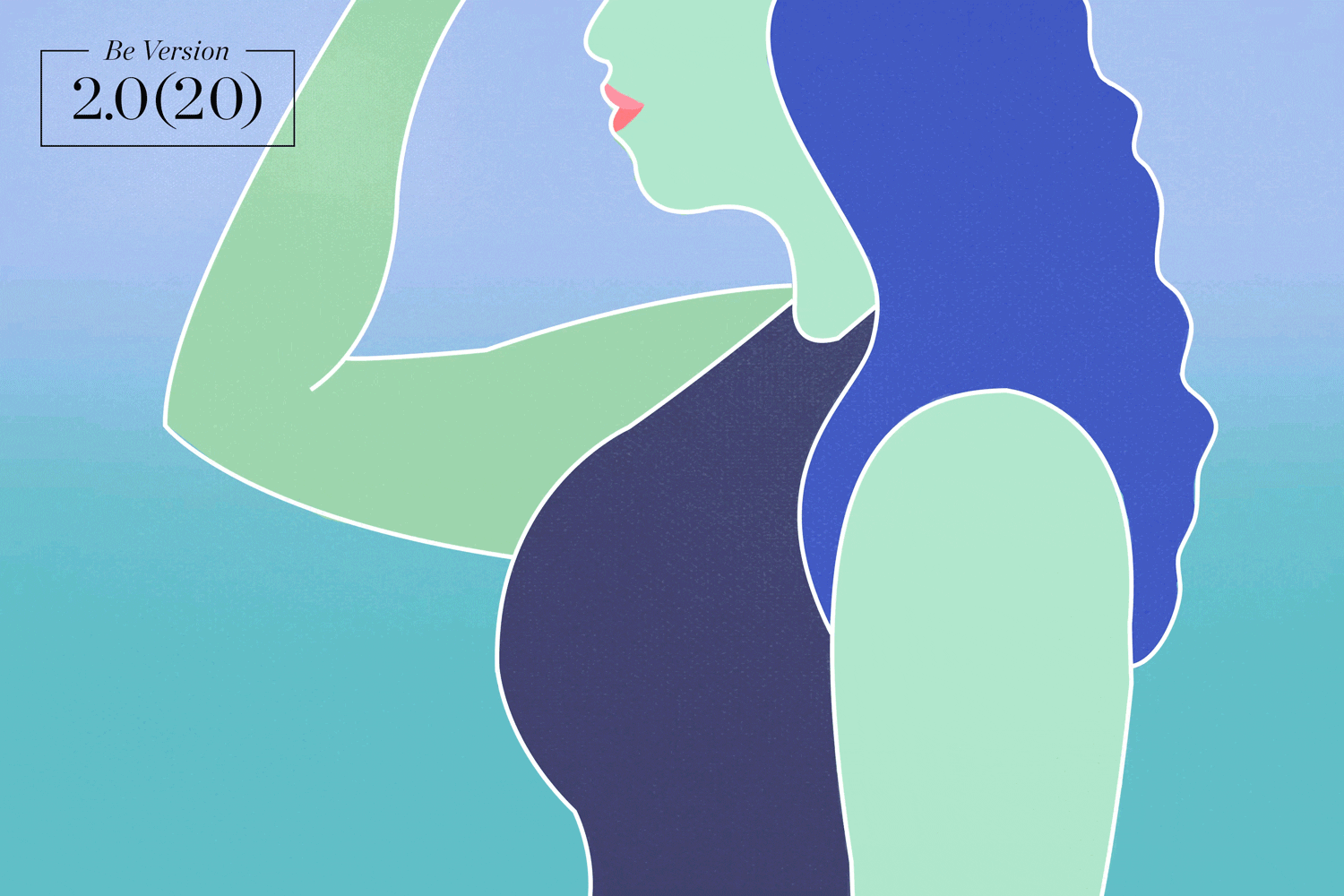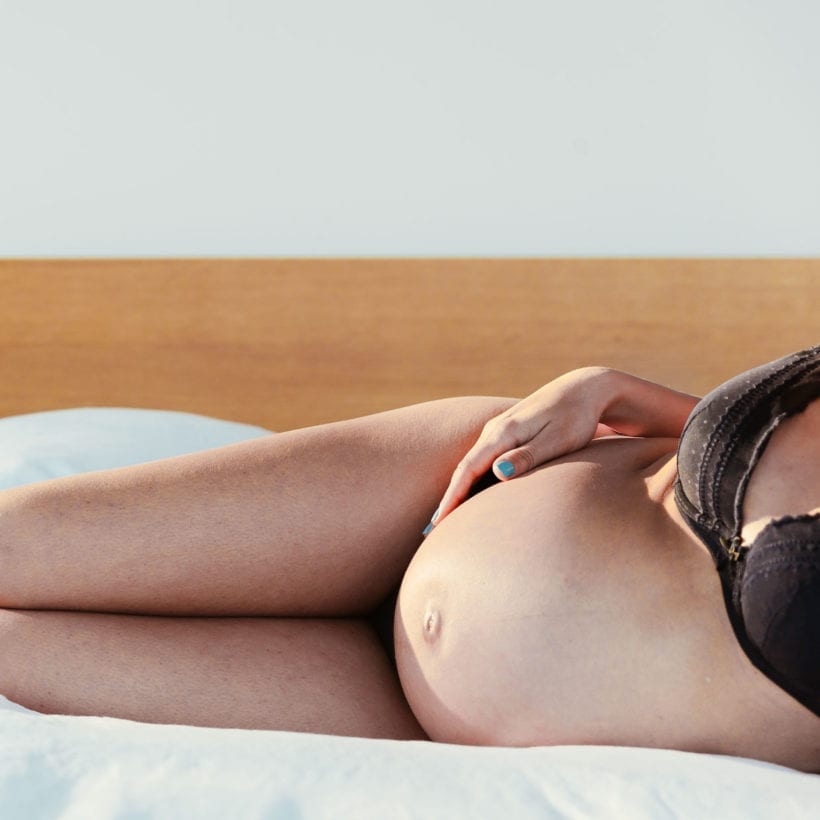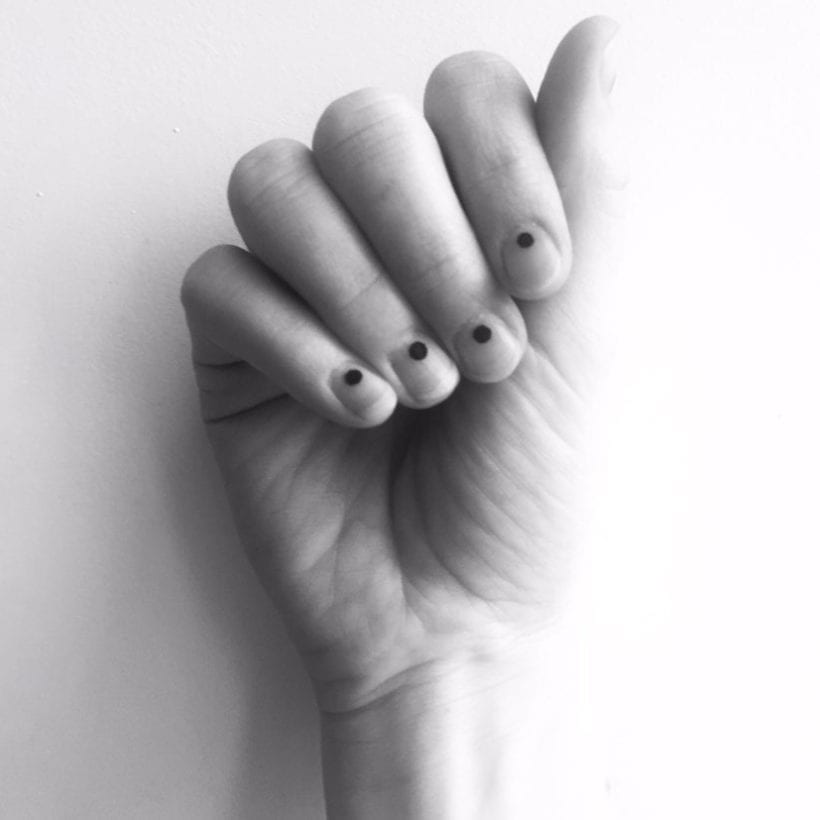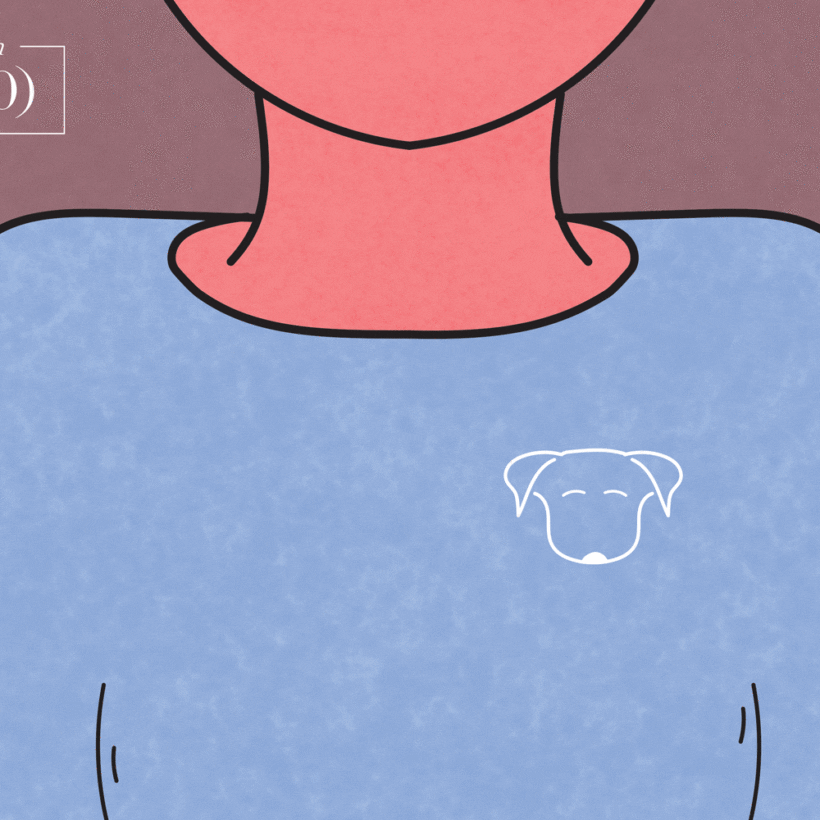I used to think tattoos were something to be feared thanks to parental brainwashing. They were how you rebelled against society and secured your place in a motorcycle gang. It seems only twenty-something years ago, if you got a tattoo you could kiss your chances at employment goodbye. But today, tattoos have evolved into a form of creative expression.
Media helped reshape the narrative by presenting us with a surplus of tattoo-centric television shows like “Black Ink Crew: Chicago” and “Black Ink Crew: Compton”; “Ink Master”; “Just Tattoo of Us”; and “Tattoo Fixers.” On social media, we get to see celebrities like Justin Bieber and Kendall Jenner get inked and we follow those who ink them. “Instagram has the ability to reach an incredible amount of people, making it easy to share an artist’s work with friends by tagging and reposting and allowing our artwork to become available to a variety of people,” says Bryan Gutierrez, tattoo artist at Bang Bang NYC.
https://www.instagram.com/p/Bu4p2DtlDq4/
The true beauty of tattoos hitting the mainstream is that far fewer people ask, “so what does it mean?” Though the tornado tattoo on your upper arm might signify the inner workings of your mind or your love for “The Wizard of Oz,” it might simply be something you thought was cute on Instagram.
But it is important to know what you are signing up for. Here are some of the things tattoo artists recommend considering before scheduling an appointment.
Make Sure You Trust Your Artist
Everyone loves a spontaneous adventure — trips to the beach, late night milkshake runs and accidentally staying up late enough to watch the sunrise. However, getting a tattoo shouldn’t be on that list.
In fact, not only should you spend time researching the type of tattoo you want to get, but you should also spend time choosing your artist and ensuring that you trust them. “Every artist is different, so it’s important to find one who specializes in the kind of tattoo you like — for example, you may want to consider going to a portrait artist for portraits and traditional artists for traditional work,” explains Nessie Blaze, celebrity tattoo artist and star of VH1’s “Black Ink: Compton.” “Just because one is good at a certain kind of tattoo, doesn’t mean they are good at all kinds, even if they’ve mastered their style.”
https://www.instagram.com/p/B8Alu73FOqB/
Check Out the Artist’s Healed Work
Hawaro Juul Petersen, founder and owner of Iron & Ink, in Los Angeles, California recommends looking at an artist’s healed work so you can see what it looks like once it has healed. “Most tattoos look great when they’re fresh, but if they do not heal well they might not look greater later,” he says. “Also, committed passionate tattoo artists make sure to get healed pictures of their work.” Whatever you do, make sure you do not pick a tattoo studio or an artist based on what other people think. Petersen suggests doing your research and even going as far as visiting different studios to see if you feel comfortable with the surroundings – and the artist you are considering to tattoo you..
Choose Your Spot Wisely
The placement of a tattoo is major — it is almost as important as choosing what type of tattoo to get in the first place. “Times change, people change, but the tattoo and where you place it stays the same!” says Petersen. He recommends discussing your desired placement with your artist so he or she can weigh in on anything you might not have thought about previously. For example, visibility (if you are looking for a tattoo you can or cannot hide for certain events). This communication will help you get the best possible result.
The most popular spots to get tatted are the side of ribs, just above the elbow, fingers, wrists and straight onto the bicep as well as behind the ears, according to Petersen. But it is wise to choose your spot for more reasons than because it is “in.” That is because not all tattoo placements heal equally. It truly depends on where the tattoo is placed and how you care for it afterward. “Tattoos will heal best on spots that don’t get ‘stressed’ during the healing process and afterward,” says Petersen. “Tattoos on hands, fingers, knees, armpits, elbows, etc. often take longer to heal and they will often not last as long as tattoos in other places,” he says.
https://www.instagram.com/p/B8fDFJDhIqK/
Also, every area of the body is different and has a different kind of skin, explains Gutierrez. “Areas that get a lot of wear and tear and a lot of sun exposure, like the hands, for example, will age faster — and tougher skin on the fingers don’t heal as well as somewhere smoother like the arm.”
If you are having a really tough time choosing where to place your tattoo, consider enlisting the help of your tattoo artist. They can apply a stencil to different areas of your body so you can see the size and placement before they start tattooing, explains Petersen. If it does not fit, the artist will change it accordingly. “It’s important to consider the final result before starting, and [it’s also important to think] about the flow of the body and the body’s anatomy,” he says.
Know What to Expect in Terms of Pain
Certain areas are more painful than others. The rib area, hands and spine tend to be the most painful because there tends to be less fat to cushion the pressure of the needle, according to Dillon Forte, celebrity tattoo artist and owner of Sri Yantra, so expect to be uncomfortable and sore both during and after your session. The areas that are least painful to get tattooed are the ones with most fat, thickest skin and few nerve endings such as the forearm, upper arm, thigh and calf according to Petersen.
Also, know that tattoos take a while to create, probably even longer than you think. “If you’re looking to get a large or intricate piece, expect that it may not be finished in one session,” says Forte. The style of the tattoo will also dictate the length of time the process takes. For example, if the piece has dotwork or shading, it will likely take much longer than a piece that is mostly lines, Forte adds.
https://www.instagram.com/p/B4nO6gaBzXs/
Do Not Skip Out on Aftercare
Once you leave the tattoo parlor, your work has just begun. It is crucial that you follow the tattoo artist’s instructions for caring for your affected skin after the procedure. In fact, the work of caring for your tattoo has just begun. Your tattoo artist will likely go over aftercare with you, as well as explain that it is common for your tattoo to peel a couple of days after being done. If you are peeling for longer than a week or if the tattoo becomes heavily swollen, very painful or starts leaking blood and puss, it might be infected.
Before you leave the tattoo parlor, your artist will likely apply a layer of petroleum jelly and a bandage on the tattoo immediately. This is meant to be removed after 24 hours and washed with water and a mild soap that contains no perfume or scent, which can irritate the skin. After patting your tattoo dry, you can reapply a regenerative balm (Sorry Mom Tattoo Balm is Petersen’s fave) for the healing purpose as it will help the skin nourish and heal faster.
Do this routine—washing the area and applying ointment twice a day—ideally in the morning and at night for about three weeks. During this time, you also want to avoid swimming and being in the sun, as well as hot showers, which can all fade the ink and cause irritation. Petersen also recommends avoiding any workouts that could stress the skin and muscles where your new tattoo is placed at for the first week after having it done to get the best finished result.
We only recommend products we have independently researched, tested, and loved. If you purchase a product found through our links, Sunday Edit may earn an affiliate commission.







